|
Did you catch my description of the savory and spicy XO sauce a while back? Did you read the post from earlier in the spring about how edamame, an easy-to-grow and delicious snack actually improves your garden soil? I said it was a win-win situation. Well, guess what happens if you add XO sauce to edamame you’ve grown yourself? Win-win-win. Instructions for how to grow edamame and recipe for XO sauce in The Chinese Kitchen Garden!
2 Comments
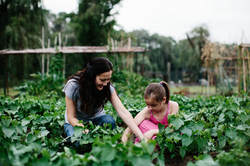 This photo, from the back of The Chinese Kitchen Garden book (photo credit: Sarah Culver), is of Lyric and me picking sweet potato leaves from the garden around late summer/early fall. Sweet potato leaves are literally just the leaves of sweet potato plants, meaning the plant does double duty. As long as you don't over the pick leaves (and check out the photo - it would be hard to do this!), you'll still be able to harvest delicious tubers at the end of fall after enjoying greens all summer! My family grows an heirloom variety of sweet potatoes (a white-colored, ok/good tasting, probably Korean type) that produces smooth-textured, mild, delicious leaves. As you can see from the photo, when all your other greens have bolted in the heat or been decimated by pests, sweet potato leaves are abundant, lush, perfect, and so tasty! Many people compare sweet potato leaves to spinach and can use them raw as such, but in Chinese kitchens, we generally cook our greens. Pick up a copy of The Chinese Kitchen Garden to learn how to use sweet potato leaves in your own kitchen! If your answer is rice, you'd be mostly right.
While we frequently think of rice as the staple grain in Chinese cuisine, in Northern China, other grains such as wheat, millet, and maize are just as common. As my father told me about mid-1950's life in rural Shandong, China, I was shocked and fascinated to hear that where he was from, "Only rich people ate rice. Poor people ate corn, and very poor people ate...sweet potatoes". Every house owned a mill where the family would grind their corn into porridges, breads and polenta-like foods. I talked with an older Chinese American man at a talk recently. He told me that a lot of people of his generation would avoid certain foods (such as corn) because they served as a reminder of lean times and monotonous foods eaten solely for survival. I told him my father probably felt the same way for a very long time. Lately though, he has been interested in experimenting. He and my mom remembered a food they ate as children and have been trying to recreate - it was some sort of cornbread, smoother than our Southern American cornbreads, with a finer grind and perhaps a more glutinous feel. Definitely less sweet. I suppose enough time as gone by that the curiosity of the foodies inside of them think it would be a fun challenge to recreate this bread. *********************************************** Northern Chinese cuisine is also known for wheat flour based foods - dumplings, steamed buns, breads and noodles. While we may think that any Chinese dish would naturally be served alongside a small bowl of rice, it doesn't even make an appearance in many of the cuisines of China! (photo credit: Sarah Culver) One would not think a pretty encyclopedic book about vegetables could be read from cover to cover. However, many readers have mentioned that this is the way they have approached The Chinese Kitchen Garden.
Not only are book groups popping up in neighborhoods and among friend groups, but garden book groups are also on the rise among garden clubs, Master Gardener groups, and in community gardens. If you read The Chinese Kitchen Garden with your group, please reach out to me. I'm happy to answer questions from your group or do a conference call, and I'm just eager to know the thoughts of your group! Here are some discussion questions to get you started!
 It's tricky to recommend that people grow bamboo. As you know, it can be a very real, very permanent, nuisance - to say the least. My father however, lives on several acres with the motivation and time to tend to his large bamboo stand. We eat the shoots, fabricate (for fun, really) items like brooms and utensils from it, shred it for mulch, and have LOTS available for other garden uses like trellis-making. Here, I'm tying off the top of a bamboo trellis where a Chinese medicinal herb climbs. (Refer back to posts from April 2017 to learn more about how we prepare bamboo shoots for eating, and how we preserve bamboo) I have 2 favorites to share with you today. First, this photo is one of my favorites in The Chinese Kitchen Garden. If you've been enjoying my posts about Asian vegetables, you'll really like my book, which is jam-packed with information about growing and cooking Chinese vegetables. It's also filled with gorgeous photos by Sarah Culver. I love this moody one with the basket of snow pea shoots on a plank over the creek that flows into my father's pond.
The second favorite to share is that my mom's favorite vegetable is "dau miu", or snow pea shoots. These are the delicate top several inches of pea plants, and the greens are tender and so good lightly stir fried with just some garlic. It's a delicious side dish. Recently, I've seen pea shoots grown as microgreens and atop dishes or salads at restaurants. Though they can be found at Asian supermarkets (at a steep price for greens), I've not yet seen them anywhere else. Of course, if you grow your own, you can have fresh shoots when you want them. Pea shoots wilt quickly, so fresh from your own garden is the best and most economical way to go! Cilantro is probably my favorite smell in the world. Yes, I could probably happily clutch this jar of cilantro to my side all day long. Cilantro is an easy to grow herb - though it generally does better during the cooler months. It's possible to keep sowing cilantro for use throughout the year, just find a spot that has some shade so it can stay lush and fresh during the hottest summer months. Right under the asparagus, where tall ferns tend to cast some shade, is the best spot in my garden. What are your tips for growing cilantro?
Snow peas are always good and I've just realized why. While we put foods like corn, bamboo shoots, spring peas, and water chestnuts into cans, ruining the texture, flavor, and color, and essentially everything about the vegetable (if you've had peas straight from the garden and compare that to mushy yellow-green peas from a can, you know what I mean...), I've never seen a canned snow pea. Actually, the only places I've ever seen snow peas (aside from my own garden), are at our farmer's market or frozen in a "stir fry vegetables" mix at the supermarket.
Snow peas are not only easy-to-grow, but they're tasty, go with everything, and only require a few minutes of cooking to get to that tender-but-still-crisp texture. They're also great raw, either thrown in a salad whole or julienned. Plant them yourself for one of the best garden vegetables you can grow! Garlic chives are among the easiest, worry-free, perennial plants to grow. In Chinese cuisine, it's eaten more like a vegetable than an herb. In the spring, the first couple flushes of garlic chives are mild and tender. In the photo, you see yellow garlic chives. Yellow chives (blanched by being deprived of light), are super tender. They're great raw or cooked briefly in any dish you want to impart a subtle garlic flavor to.
To take advantage of the fast and furious bamboo harvest season, we like to harvest all we can and dehydrate the shoots. These can be stored for about a year (or more) in a dry environment and to use, we just rehydrate what we need by soaking in water for about an hour or so.
To dehydrate bamboo shoots:
|
AuthorI'm Wendy Kiang-Spray, gardener, home cook, and author of The Chinese Kitchen Garden. Learn more about the book here. Enjoy the blog and be sure to like The Chinese Kitchen Garden Facebook page for notifications when there are new posts. Archives
April 2019
Categories
All
|

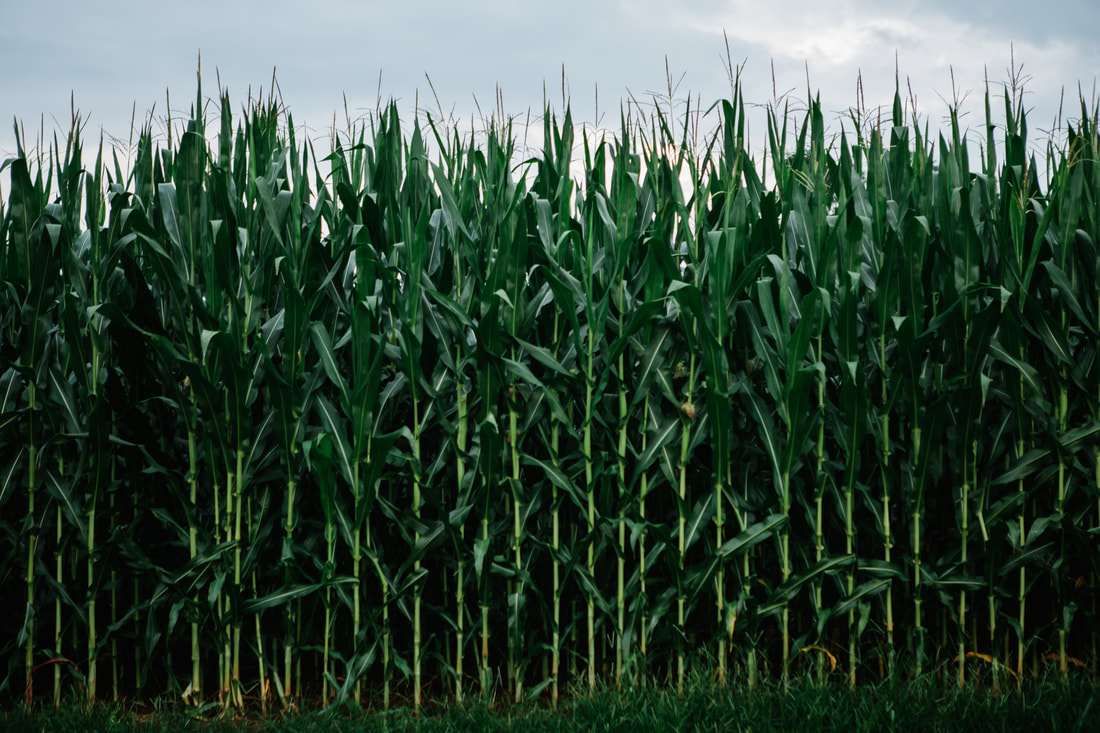
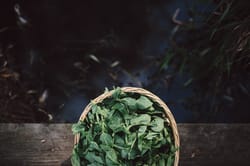
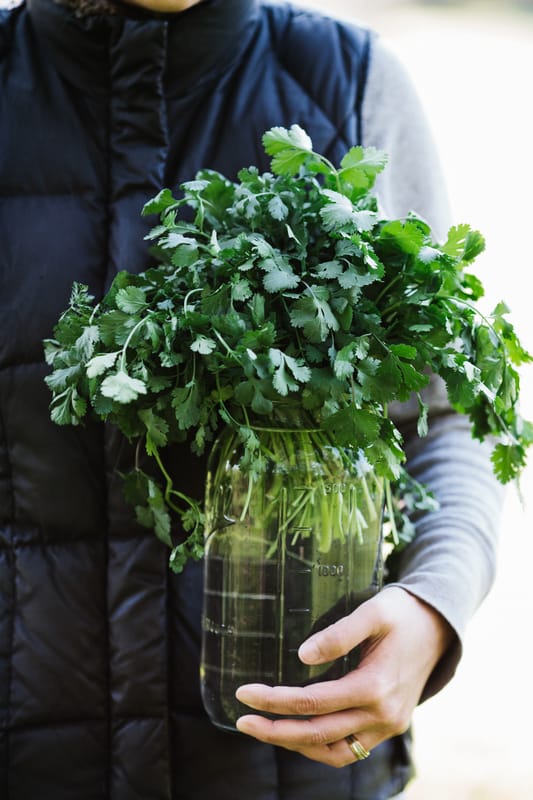
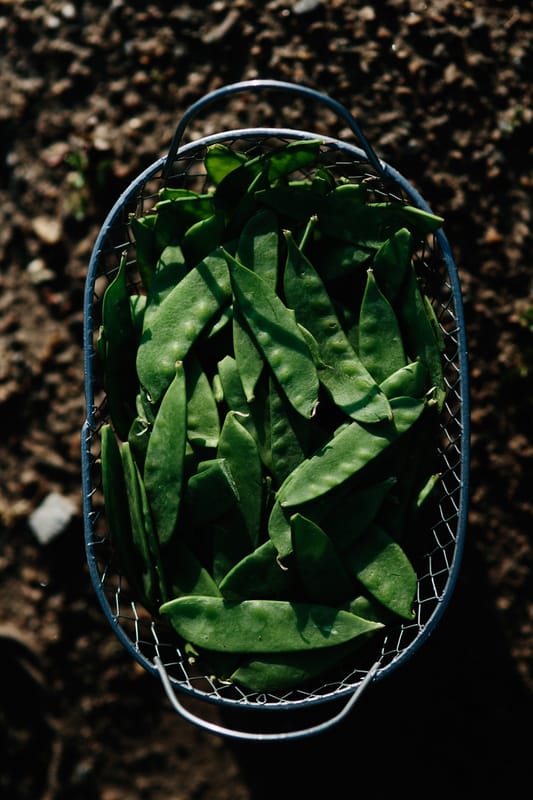
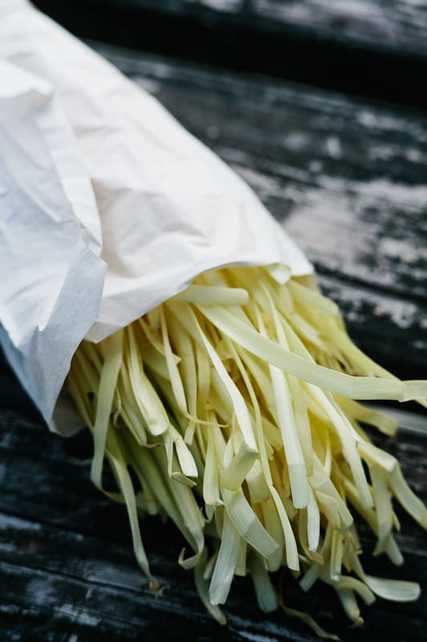

 RSS Feed
RSS Feed